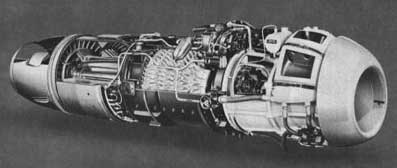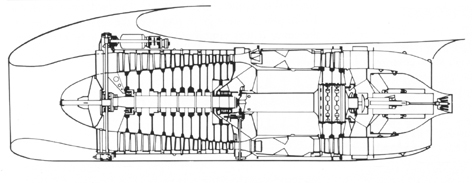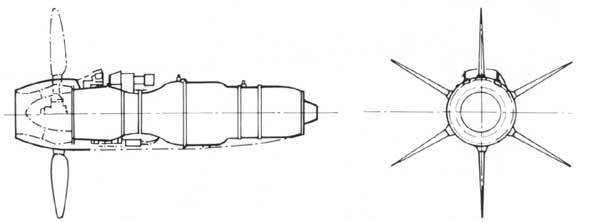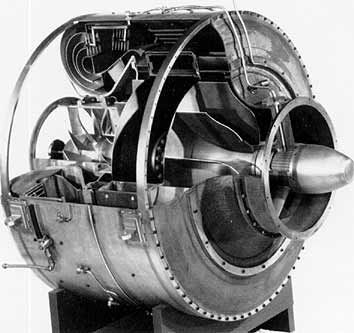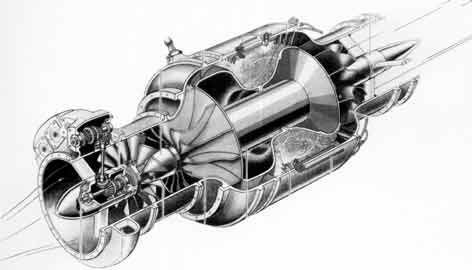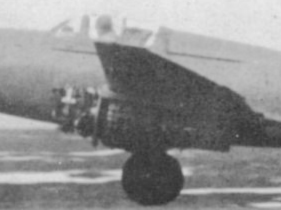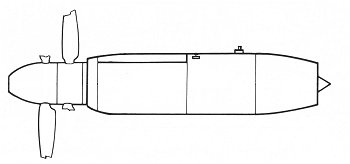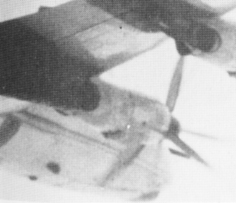Argus
-
As 014 (pulesjet)
A simple form of jet propulsion, developed by Paul Schmitdt from the ramjet,
but it has spring loaded inlet valves which slam shut when the fuel ignites,
in this form the engine managed to produce around 750 lb of thrust. The first
flight of the As 014 was at the end 1942, when fitted to the prototype Fi 103
Fieseler Fi 103 V-1"Flying Bomb". It was also used to power the Me 328 and versions
of the He 280, He 162A-10 ( see Ford Pulesjet)
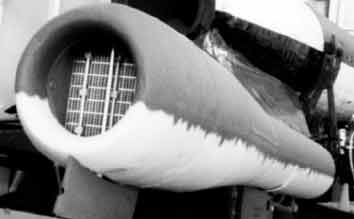 |
 |
-
As 044 (pulesjet)
| A more powerful version of the As 014 pulesjet,
engine making up to 1,100 lb of thrust. Fitted to the Heinkel He 162A-11 and Junkers EF 126 |
 |
BMW
-
Oestrich Motorjet A Ducted Fan engine
powered by a Bramo 325, fitted to a Focke-Wulf
Fw 44 Biplane, it took to the air flawlessly.
-
P 3302
| BMW's first axial flow engine, the contract for which was issued in early 1939, this engine first ran in 1940, but never made the power hoped for until mid 1943 as the 003A-0. How ever by late 1941 it was developed enough to be fitted to the Me 262 V1, for that aircraft's first jet powered flight on the 25/3/1942. | 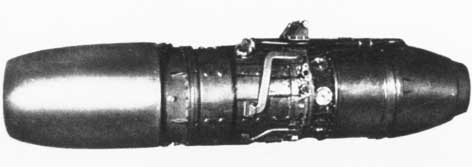 |
